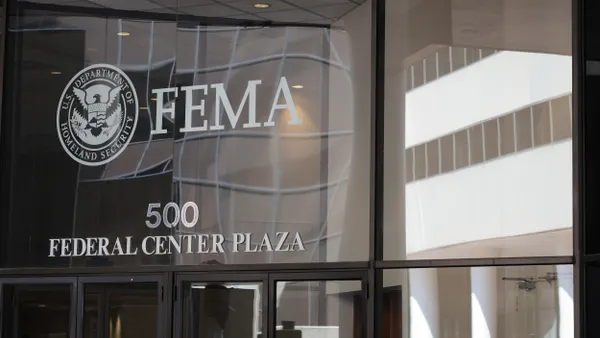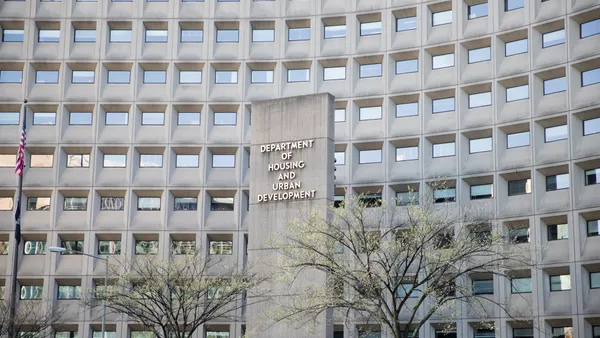As cities and states deal with the increase in regularity and intensity of natural disasters and other emergencies, mapping software could hold the key to improving responses and saving lives.
Speakers at GovSummit, a one-day event in Washington, DC hosted by mapping platform Mapbox, said technology is now capable of providing information on routing for emergency vehicles, where the needs for relief are, and how any weather or aftershocks will affect people on the ground. It marks a sea change from emergency response systems dogged by poor communication and uncertainty about where to deploy resources.
"It's time for a new model," Nate Mook, executive director of World Central Kitchen, a nonprofit that provides meals in the wake of natural disasters, said during a speech. "The way that we were doing things 50-60 years ago doesn't need to be the same now. We have the capabilities, we have the technology, we have the expertise to be able to apply to these challenges."
World Central Kitchen, founded in 2010 by chef Jose Andres, responds to natural disasters such as hurricanes and cyclones as well as human-made problems like the federal government shutdown. With people needing food to eat, Andres’ team engages with local chefs, sources local ingredients and provides fresh meals for thousands of people.
The organization uses mapping technology to build out its distribution routes and to show where its response centers are, in addition to the efforts of other organizations like the Red Cross and Salvation Army. Mook said a "collective, collaborative response” is needed in those situations, especially in responding to the likes of Hurricane Maria, which ripped through Puerto Rico in 2017.
"[Mapping] really helps guide us once we get on the ground, we start mapping out the need,” Mook said. “We start understanding where the resources are, where the people are and what's needed."
That collaborative response is highlighted in map applications like Gaia from software company Palantir, which helped coordinate the response to Hurricane Florence in North and South Carolina. Working with NGO Team Rubicon, 1,000 volunteers in six reconnaissance operations used the Gaia platform in the field to provide real-time updates on conditions on the ground, while they were fed information from a national operations center in Texas about the weather and other factors that could affect safety.
During a speech, Morgan Snyder, an engineer at Palantir, said real-time information is estimated to have saved North Carolina around $2 million in further damage, as it helped crews see where trees should be cut down ahead of any further storms.
Technological improvements are happening all the time, too. At the event, Mapbox unveiled its Atlas Fly-Away Kit, which combines the capabilities of Mapbox Atlas with other needed tools like a power source and a portable internet connection, and packs it in a ruggedized case to quickly take to a disaster zone. Mapbox Atlas allows the creation and use of maps offline or on a private cloud or server.
Mapbox officials said it is designed to be a self-contained search-and-rescue kit and should work "effectively [in] whatever environment that mission is taking place in, it shouldn't matter," said John Dombzalski, Mapbox’s director for global government sales and strategy.
And closer to home, using open data could help solve domestic issues like homelessness and the opioid crisis, especially if governments at all levels are deliberate about engaging with technologists from the public and private sectors. At the national level, The Opportunity Project within the U.S. Census Bureau does just that by helping create digital tools to deal with problems using data, something the initiative’s director Drew Zachary said inspires people beyond innovating for innovation’s sake.
"The bottom line for us is we want to actually solve problems,” Zachary said. “We don't just want to create cool tech, we want to see the needle move on things like homelessness, the opioid crisis, disaster response, all the problems we tackle.”











